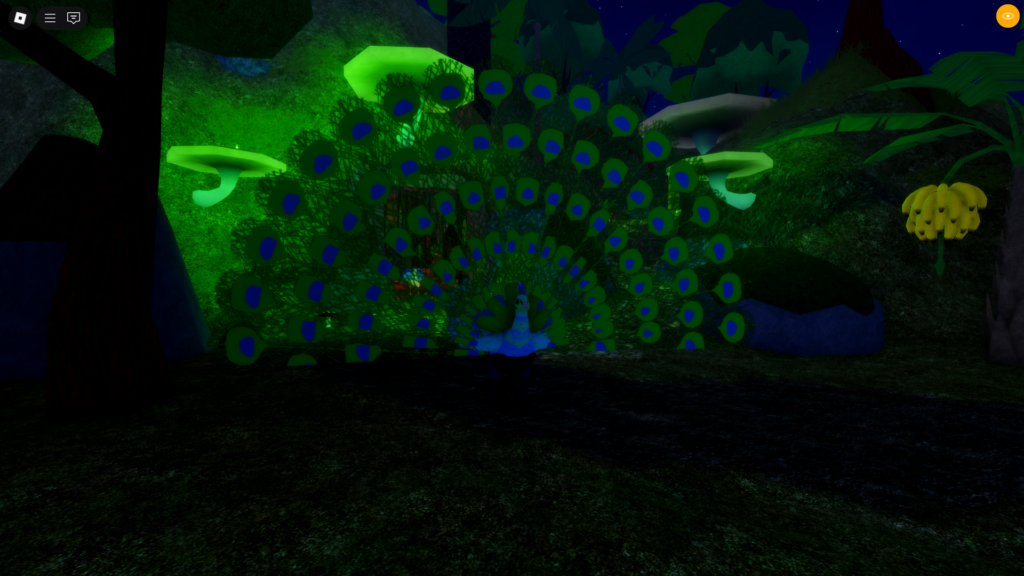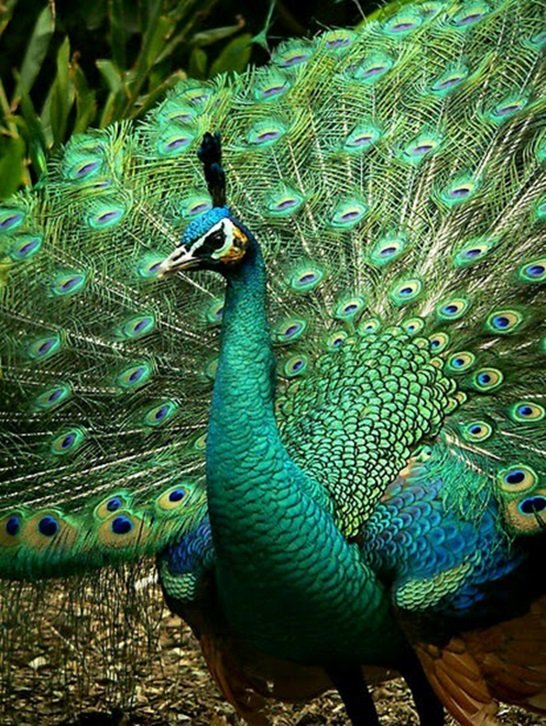What they tend to look like:

🌿 General Facts
- Species: Green peafowl (Pavo muticus) — a close relative of the Indian (blue) peafowl.
- Native range: Found in Southeast Asia — mainly Myanmar, Thailand, Laos, Cambodia, Vietnam, and Java (Indonesia).
- They prefer tropical forests, grasslands, and open woodlands near water.
🧬 Appearance
- Both sexes are more slender and longer-legged than the Indian peafowl.
- The males’ plumage shines with green, bronze, and gold hues instead of the blue of Indian peacocks.
- Their neck and breast feathers are iridescent emerald green with a scaly pattern.
- The crest on their heads is taller and spikier than that of blue peafowl.
- Even females are quite colorful — more so than Indian peahens, who are mostly brown.
🪶 Behavior
- Green peafowl are strong fliers — much more than Indian peafowl — and can fly long distances when startled.
- They’re often found alone or in small groups, unlike Indian peafowl that gather in larger flocks.
- Males display their tail fans just like blue peacocks, fanning out over 1.5 meters (5 ft) to impress females.
- Their call is loud, harsh, and carries far — especially during breeding season.
🐣 Breeding
- Breeding usually happens in the wet season.
- The male performs elaborate displays, shaking and shimmering his train while calling loudly.
- Females build nests on the ground and lay 3–6 eggs, which they incubate alone.
⚠️ Conservation
- The green peafowl is endangered, mainly due to habitat loss, hunting, and egg collection.
- Populations have disappeared from many regions, especially outside of protected areas.
- They are legally protected in most countries within their range.
🧠 Fun Extras
- In some Southeast Asian cultures, the green peafowl is seen as a symbol of beauty, power, and protection.
- Their long legs and stronger wings make them better runners and fliers than Indian peafowl — they can even roost high in tall trees.
- Males sometimes keep their train year-round, unlike blue peacocks that shed it after breeding season.

Leave a Reply